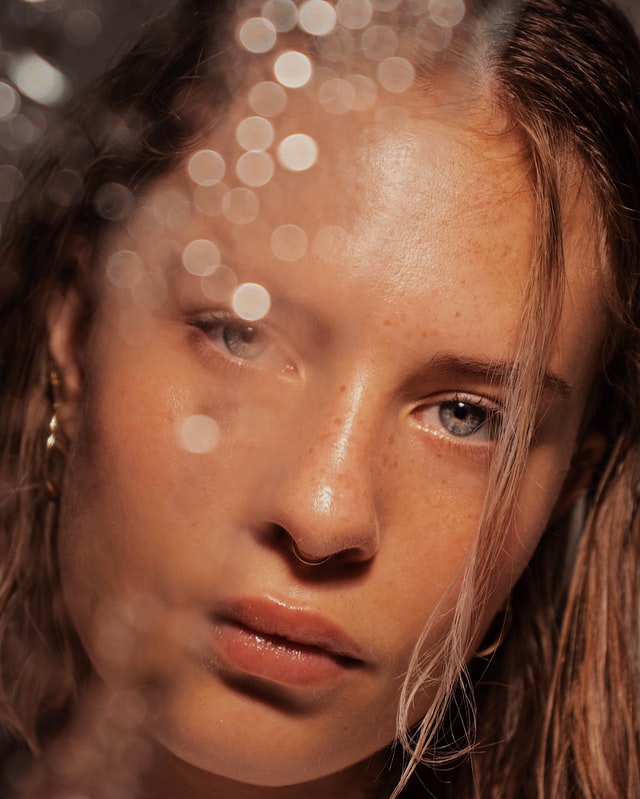Benefits and Myths: Retinol
Retinol seems to be a key buzzword in the beauty aficionados dictionary these days, and everyone seems to sing its praises, for a multitude of different reasons, but do you really know what it does, or how? Also, they say with retinol you get what you pay for and there is certainly a wide range available for all different budgets, so how much should you spend on retinol? Here we explore some of the benefits, and myths, of retinol and explain why you need some of it in your beauty cabinet ASAP.
-
It causes excessive dryness
Retinol is a synthetic derivative of Vitamin-A and it is important to understand the difference between the strengths and also between creams, serums, and retinoic acid. When you start out with Retinol, the experts insist you need to start small and, as your skin adjusts to it, increase the strength gradually. Start on a 0.25/0.5 and slowly increase it, over time. If you do start with a stronger dose, try using it every other night, or even once a week to start with toensure you don’t end up over-drying your skin.
-
It helps clear up acne
It was first discovered in the 1970s for acne sufferers and therefore it can severely help with controlling blemishes, both in a preventative manner by not allowing the clogging of your pores, anyone suffering from breakouts will no doubt know that they ley cause of blemishes is sebum (oil) getting stuck in your pores. Secondly, it promotes cell turnover to help repair your skin after the spot has appeared.
-
It makes your skin glow
Retinol can make your skin look and feel smoother, softer and help create that ever-longed for “glow”. As mentioned before, Retinol helps increase cell turnover, therefore it can brighten dull skin by exfoliating at a cellular level which will reveal new, brighter, smoother skin. The other way in which it will help your skin glow is by helping to even out skin tone, fade sun spots and hyperpigmentation.
-
It boosts yout other skin care products
Retinol will promote your overall skincare routine and maximize results by improving the way your other skincare products penetrate your skin. After cleansing your skin, pat it dry and wait a few minutes to make sure it is completely dry. Next apply your eye cream/serum to protect the delicate eye area. Now apply your Retinol product, wait 20-30 minutes and then apply your moisturiser to see best results.
-
You’ll see results immediately
Sadly, a myth! Like with most skincare products, it is likely to take about twelve weeks to see a real difference. Just like any sustainable diet or exercise regime, it takes a little while to see real results. However, stick with it, and after three months you will be glad you had.
-
All “R” ingredients have the same effect
Not at all. Prescription formulas contain Retinoic Acid, verus OTC ingredients which contain nonprescription alternatives that need to be converted by the skin at a cellular level. For anything without a prescription, Retinol is really the only ingredient which has been shown to biochemically do the same thing as Retinoic Acid. Other deriviatives called pro-retinols can have a similar effect, but are usually weaker and can often take longer to have an effect on the skin.
-
Only use it at night
The verdict is out on this one. Some clinical trials have implied it increases sun sensitivity but other reports have even suggested that this is not only untrue, but also that they might help prevent the rise of collagenase, the enzyme that breaks down collagen, after UV exposure. To be safe, start applying only at night and wearing a broad spectrum sunscreen everyday.
-
It is an anti-ageing ingredient
Retinol has been shown to diminish fine lines and wrinkle, boost your collagen production, and also reverse some of the side effects of sun damage. It is an all-round anti-ageing product that helps your skin look and feel younger. Most dermatologists suggest starting to use Retinol in your mid-twenties, maybe just twice a week, then by your early thirties increasing to every other night to see the best results.
-
You can’t use while pregnant or breastfeeding
This one is true. Or at least it is advised that you consult with your doctor beforehand to ensure it is safe for you. Despite the low risk from studies most experts do suggest pregnant women avoid applying vitamin A-based formulations to their skin during early pregnancy as the FDA has approved Retinol as category C, meaning a risk to the fetus cannot be entirely ruled out. So stay safe and avoid it if you can.
-
Retinol causes your skin to thin
Not at all, in fact the opposite may even be true. The reason most people assume the skin is thinning is due to the side effects when first starting with retinoids, such as skin peeling, flaking and sensitivity. Instead, what is actually excessive dryness and will pass in time (as mentioned before, make sure you are using the right strength) the retinoids stimulate collagen production and this helps to thicken the skin, this is yet another benefit for those looking for the anti-ageing perks, as over time, your skin does naturally thin with age.

